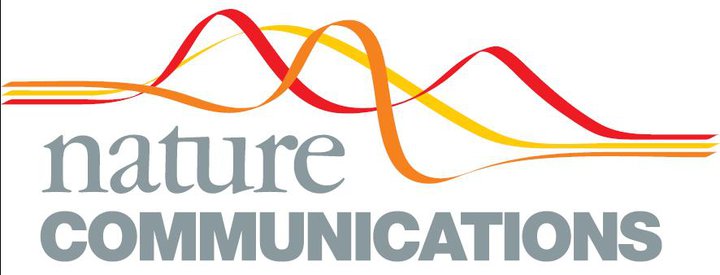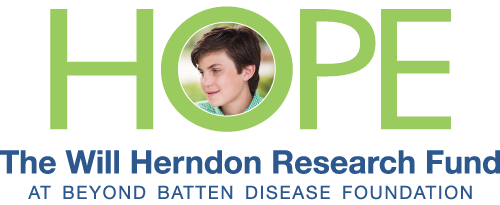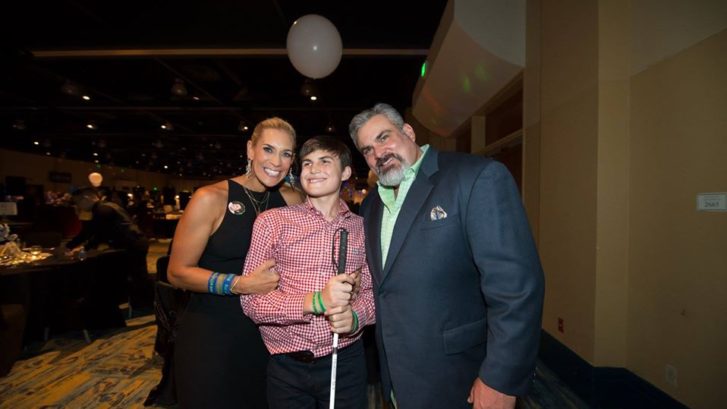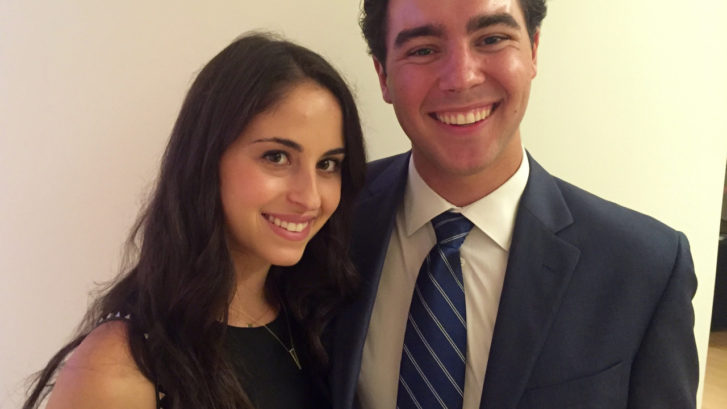BBDF Funded Research Featured in Nature Communications
BBDF is very proud of the research we have funded over the last 8 years. We are especially honored to have worked with Drs. Marco Sardiello, Michela Palmieri and their colleagues at Baylor College of Medicine and the Jan and Dan Duncan Neurological Research Institute (NRI) at Texas Children’s Hospital. These researchers are devoted to helping patients with Batten disease and are vital partners in our efforts. We are delighted that their work was published in Nature Communications this week. Nature Communications is ranked in the top .04% of 28,000 subject journals. Read the article: http://www.nature.com/articles/ncomms14338.
The paper is important to the understanding of how healthy cells manage waste disposal, but also because it proves an important concept for treating juvenile Batten disease in mouse models, propelling us forward down the drug discovery pipeline. Today, BBDF is building on this discovery by working on industrial validation and dosing studies with Evotec, a drug discovery alliance and partnership company, to quickly advance Dr. Sardiello’s findings through the regulatory process, and ultimately to clinical trials.
Dr. Sardiello and his team have made a significant discovery and taken a giant step toward our collective goal to treat Batten disease. We are grateful to him and his team for their dedication and perseverance. In response to congratulatory emails, Marco had this message for BBDF donors, “We are proud to be working with you! This could only happen because of your continuous support. More news coming in the next few months… stay tuned!”
To read more:
Jan and Dan Duncan Neurological Research Institute at Texas Children’s Hospital press release:
http://nri.texaschildrens.org/faculty_research/sardiello_natcomm.aspx
Baylor’s press release:
https://www.bcm.edu/news/molecular-and-human-genetics/research-strategy-juvenile-batten-disease






